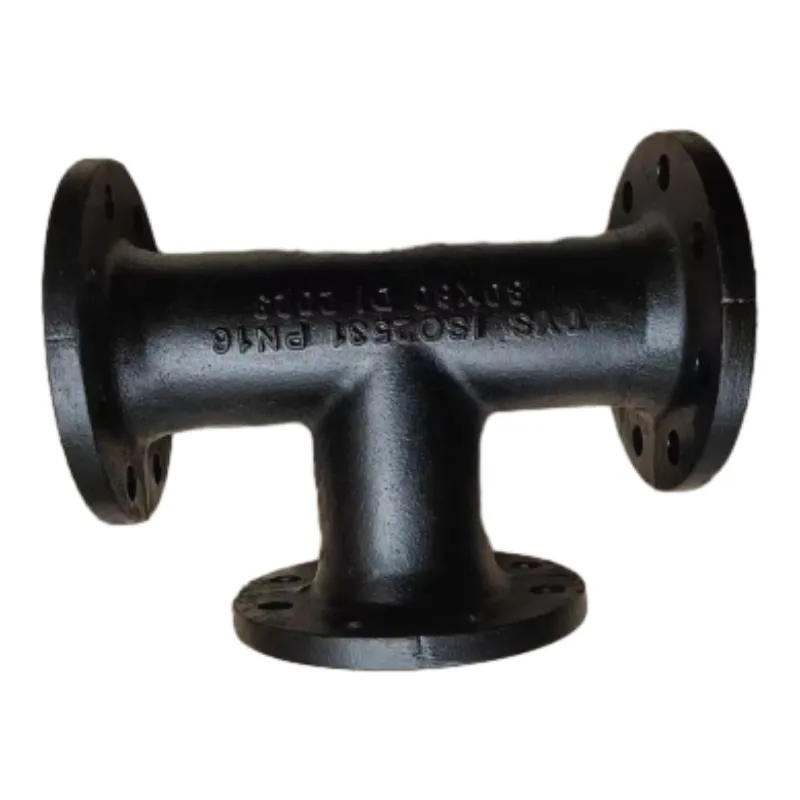supervisory switch for butterfly valve
Supervisory Switch for Butterfly Valve An Overview
Butterfly valves are essential components in various industries, performing crucial functions in fluid control systems. These valves are characterized by a rotating disc that allows for quick and effective regulation of flow. To enhance the functionality and reliability of butterfly valves, supervisory switches play an integral role. This article explores the importance, working principles, and applications of supervisory switches in butterfly valve systems.
Understanding Butterfly Valves
Butterfly valves are commonly used in pipelines for controlling the flow of liquids and gases. Their design allows for minimal pressure drops and quick operation. The valve consists of a circular disc mounted on a rotating shaft, which can be turned to either open or close the valve. In applications where precise flow control is required, the integration of supervisory switches becomes vital.
Role of Supervisory Switches
Supervisory switches are devices that monitor the position and operation of butterfly valves. They provide feedback on whether the valve is open or closed, ensuring that the operational status is known at all times. This monitoring is particularly crucial in critical processes where unauthorized changes in flow rates can lead to dangerous situations. Supervisory switches help prevent malfunctions and facilitate safe operation by providing real-time data to control systems.
Working Principles
Typically, supervisory switches are installed on the actuator of the butterfly valve. When the butterfly valve is turned to the open position, the supervisory switch is activated, sending a signal to the control system. Conversely, when the valve is closed, the switch is deactivated. This on/off feedback helps operators monitor the valve's status remotely.
Supervisory switches can use various technologies, including mechanical, magnetic, or non-contact sensors. Mechanical switches may use levers to detect valve position, while magnetic switches rely on the positioning of magnets to provide accurate detection. Non-contact options, such as Hall effect sensors, allow for greater durability and reliability since they aren't subject to wear and tear like mechanical components.
supervisory switch for butterfly valve

Benefits of Using Supervisory Switches
1. Enhanced Safety By continuously monitoring valve positions, supervisory switches help ensure that systems operate safely, reducing the risk of leaks, explosions, or other hazardous incidents stemming from valve malfunctions.
2. Data Integration These switches can be integrated into larger control systems, allowing for centralized monitoring of multiple valves across a facility. This centralization aids in optimizing operational efficiency.
3. Preventive Maintenance Supervisory switches can alert operators to unusual activity or wear in valve components, allowing for timely maintenance before issues escalate. This predictive maintenance capability can significantly reduce downtime and repair costs.
4. Remote Operation Modern supervisory switches can communicate with control systems over wireless networks, facilitating remote monitoring and control from centralized locations, which is especially valuable in hazardous environments.
Applications Across Industries
Supervisory switches for butterfly valves find applications in various industries, including oil and gas, water treatment, HVAC systems, and chemical processing. In oil and gas, for example, the ability to monitor the status of valves that control the flow of potentially hazardous materials is critical. Similarly, in water treatment facilities, the effective control of flow through butterfly valves, aided by supervisory switches, ensures the efficient and safe processing of water.
Conclusion
In conclusion, supervisory switches play a crucial role in enhancing the reliability and safety of butterfly valves across multiple applications. By providing real-time monitoring and feedback, these devices enable operators to maintain optimal control of fluid systems, preventing malfunctions and ensuring smooth operations. As industries continue to advance, the integration of supervisory switches into valve systems will likely become increasingly important, promoting greater efficiency and safety in fluid management.
-
The Smarter Choice for Pedestrian AreasNewsJun.30,2025
-
The Gold Standard in Round Drain CoversNewsJun.30,2025
-
The Gold Standard in Manhole Cover SystemsNewsJun.30,2025
-
Superior Drainage Solutions with Premium Gully GratesNewsJun.30,2025
-
Superior Drainage Solutions for Global InfrastructureNewsJun.30,2025
-
Square Manhole Solutions for Modern InfrastructureNewsJun.30,2025
-
Premium Manhole Covers for Modern InfrastructureNewsJun.30,2025
